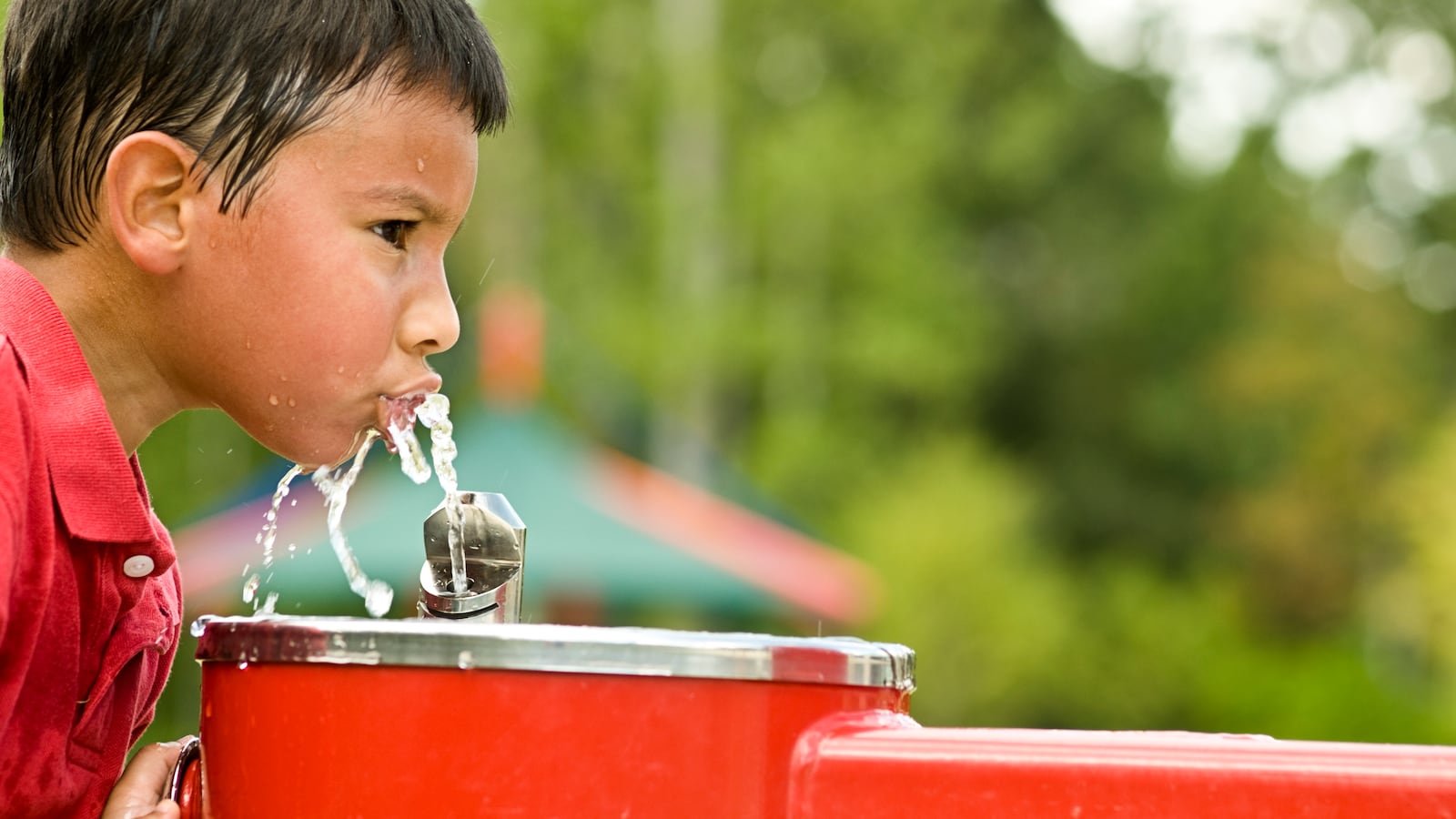At least 94 Tennessee public schools in 30 districts have high levels of lead in at least one water source on their campuses, based on testing required for the first time under a new state law.
Some sources are drinking fountains, some are for washing hands in sinks, and others are used to prepare food or clean dishes in cafeterias. Still others are in places where students likely would not come in contact with the lead-contaminated water, such as a janitor’s sink or exterior hoses.
But all tested at or above the threshold of 20 parts per billion, as outlined by a 2018 state law requiring districts to begin checking water sources in schools constructed before 1998.
The reports represent the first big wave of results under the new law, which was inspired by the 2014 crisis in Flint, Michigan, where cost-cutting measures led to tainted drinking water containing lead and other toxins. Ingesting even low levels of lead can have adverse effects, interfering with brain development, causing aggressiveness or inattentiveness, and impeding academic achievement, according to the Environmental Protection Agency. In Flint, officials say they are overwhelmed by the number of lead-exposed students who now require special education services.
In Tennessee, results thus far have been eye-opening for school leaders.
“When I first saw some of the numbers, I about fell out of my chair,” said John Combs, superintendent of Tipton County Schools, north of Memphis and one of the first districts to test water this year.
For instance, at Covington High School, housed in one of the county’s older buildings, tests detected unacceptable levels of lead in 18 water sources, including one lab sink faucet that tested 132 times the state’s threshold. Most sources flagged were not used for drinking water, but the results were troubling just the same.
“This process has been a good thing,” Combs told Chalkbeat on Thursday. “It has made us more vigilant, and we’re going to keep an eye on this stuff.”
In nearby Germantown Municipal School District, 19 water sources tested above the state’s level at Riverdale Elementary School, including one locker room shower that tested 1,400 times the state’s threshold for unsafe water.
Where lead has been detected, officials report having notified parents about the results and taken immediate corrective action, such as removing the toxic sources from service, flushing the lines, or adding filters. All districts also are required to develop policies for reducing potential sources of lead contamination in school drinking water.
Chalkbeat reviewed hundreds of pages of documents submitted so far by districts to the state Health Department to report findings of school-related lead contamination, as required under the new mandate. Below is a searchable list of schools and districts where high levels of lead were detected. (Whenever possible, we have listed the specific water sources, but not all reports clearly identified them.)
More schools are expected to be added to the list, as not all of the state’s 147 districts have finished testing their water. The new law, which was spearheaded by Rep. Rick Staples of Knoxville, does not set a deadline to complete the first tests, as long as districts test for lead levels periodically, at least every other year.
Tennessee’s largest school system, Shelby County Schools, has about 120 schools built in Memphis prior to 1998 but has not filed a report with the state. District officials did not respond to repeated inquiries about the status or results of water tests. (Update: In November, the district flagged 39 schools with at least one unsafe water source based on testing conducted during the fall.)
Metropolitan Nashville Public Schools, the state’s second largest district, began its own lead testing program in 2016 and has led the state in improving the safety of school water. The results have prompted installation of new water fixtures, replacement of water lines, and quarterly testing of water quality.
The quality of school drinking water recently has received renewed attention across the nation. Just this summer, officials in Newark, New Jersey, insisted that city schools’ drinking water is safe amid revelations that city-provided filters had inadequately purified water in some of the city’s neighborhoods, while New York City announced that hundreds of early childhood classrooms had peeling lead paint, another way that lead can find its way into students’ bodies.
You can learn more about Tennessee’s healthy school drinking water initiative here.

